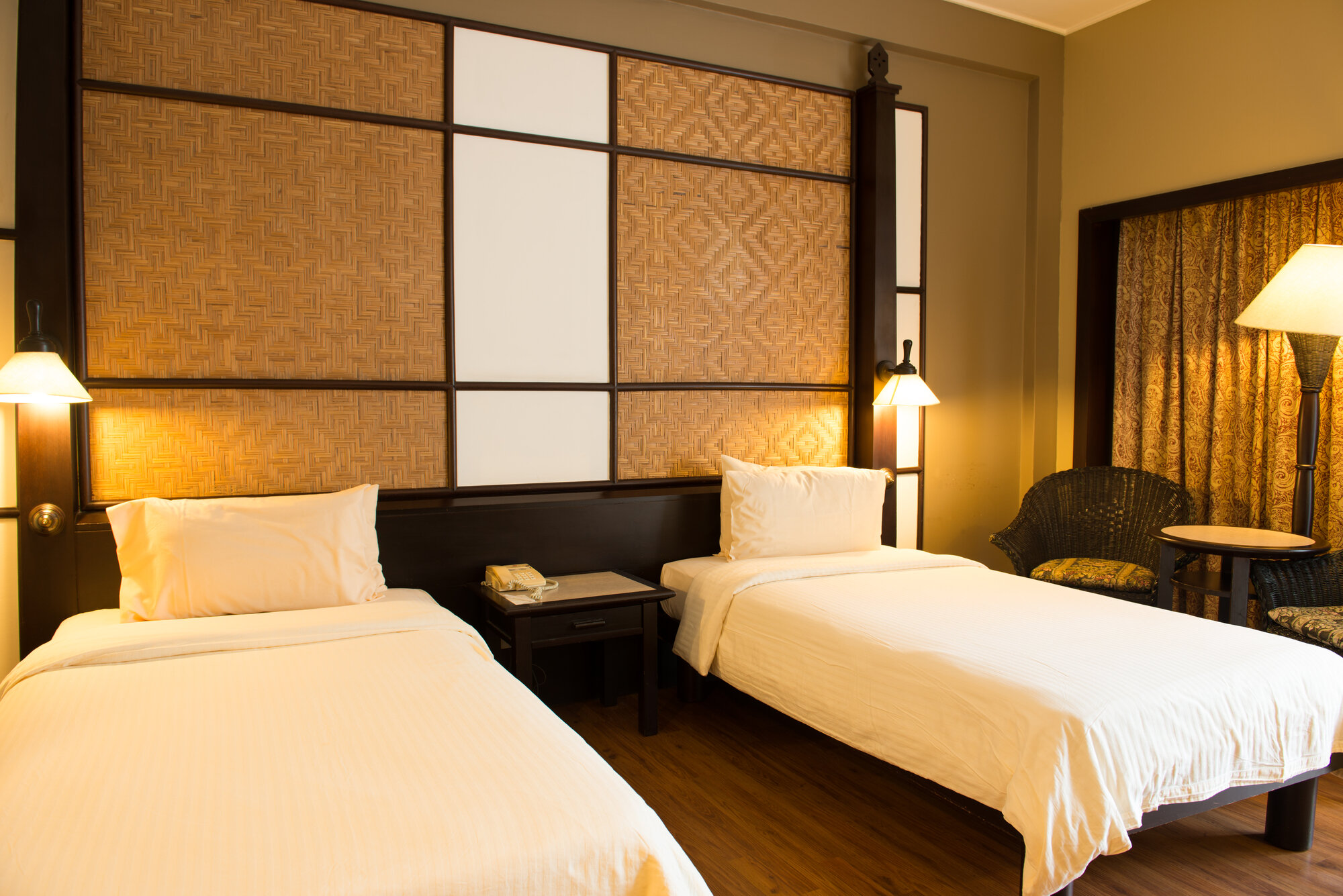Better energy with lighting design
/Better energy with lighting design
The use of lighting can be a powerful way to transform a space. A good lighting setup can raise the energy of the space, and improper lighting design can make you feel depressed.
The natural sunlight can bring warmth, brightness, and positive energy. When the sunlight is not available because of the limited windows or doors, we can use artificial light to enhance a space. Most of the time we are so used to the lighting in our environment that we're just not paying attention to them.
Lighting can an easy and cheap way to upgrade your room. Look around the space you are in. How many light sources are there? What colors are the lighting? How bright are they? Any dark corners you like to improve? Now we have a starting point for lighting design.
Watch the video about lighting design and Feng Shui
Different types of lighting
Most lighting has 2 parts, the fixture and the light bulb (or lamp). The fixture is what we see and the light bulb is the part that decides the color and intensity of the light. Most light fixtures have maximum wattage limits and can only house a certain size of light bulbs. Still, there is a range of lamps you can choose about the color temperature and light output. If you do not want to change the whole light fixture, you can still change the lamp for different colors and intensity.
Light bulbs or lamps
There are several common types of light bulbs including incandescent, halogen, fluorescent, LED, and so on. Many new LED light bulb can fit into the traditional incandescent light fixture, and use much less wattage for brighter lighting output. The traditional yellowish incandescent light bulb is getting harder to find now and being replaced with LED lights. Each type of lamp has its own character for different purposes. Besides wattage and intensity of lighting, we have to know about the color temperature.
Color temperature
The color temperature of a light bulb or lamp is measured in Kelvin, or K. The warmer color has lower numbers of Kelvin and the cooler color has higher numbers of Kelvin. Candlelight is about 1900 K which is very yellow and orange. Overcast daylight can be around 6500 to 7500K. The midday sunlight is approximately 5500 K. See the chart below for estimated color temperature.
So how about the lighting fixtures?
The old-fashioned incandescent light bulb is around 2700K or less. Halogen light is around 3000K. The LED light can range widely — from around 2700K to 5000K or higher.
To know the exact color temperature in Kelvin, we can look at the fine print on the package of the light bulb. Some manufacturers might just say warm white or cool white on the label.
My personal preference is around 3000K for workspace or public space, and 2700K or less for bedroom or private spaces. Generally, the warmer light helps us relax and cooler light helps us stay alert.
Lighting by functions
An easy way to categorize lighting is by the function of the light. There is general lighting that can be from the ceiling light, floor lamp, wall sconce, and so on. There is task lighting for the work area or counter space. The decorative lighting can include picture light for artworks, candlelight for the mood, string light for background lighting, or other accent lights.
Design Tips
The best lighting design is the balance of light source, color temperature, direction, and adjustability. The mix of several light fixtures is better than just one light in a room. Combining general light, task light, and accent light to make the space sing. The number one design tip is to layer up different light fixtures.
Dimmers
Besides the mixture of different light fixtures in a room, the control of individual lighting is important too. So the easy way is to add dimmers. Most lighting can accept a dimmer control. You can also use a computer programmed dimmer to set up different light levels for different functions. Just make sure you use dimmable light bulbs first.
Other objects that enhance lighting
There are some objects that go well with lighting, including mirrors, glasses, and crystals. Any shiny surface can reflect the lighting and magnify the property of lighting. The room will seem brighter, bigger, and more magical. So we can place crystals or mirrors in certain positions to reflect and bounce the light.
Is there any area in your home you like to improve the lighting quality? Remember to pick your light bulb wisely with the right color and intensity, layer up different light fixtures, and adjust the lighting individually with dimmers for different times of the day or different occasions.
And don’t forget to play with the mirror, glass, crystal, candle, or fireplace to achieve the optimal lighting for your space!






























In January 2026, the Feng Shui chart features monthly stars that match Period 9 stars, giving them stronger energy. This month, there are no major conflicting star combinations like there were last month.